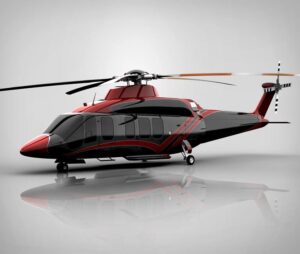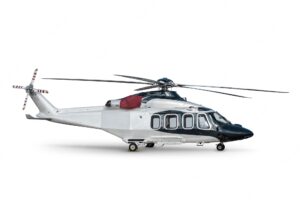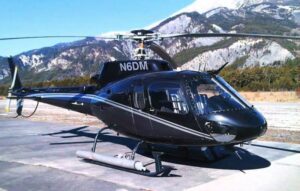World Expensive Helicopter :

Helicopter Details :
Airbus H225 Super Puma . The twin-engined, big-range passenger transport helicopter is the most expensive and giant helicopter in the world. It is developed by Helicopter company as the next generation of the Super family. It can carry up to 50 passengers along with three crew and a cabin attendant.
Helicopter Garbin :
Garmin avionics are available as standard on select Airbus Helicopters, including the H128, H137, H139 and H145. Each year, Airbus Helicopters, Inc. recognizes suppliers who stand out in performance, competitiveness and reliability.
Helicopter Prize :
America says its H225 helicopters are worth just $8 million each News Flight Global.

Troops can Helicopter carry :
The aircraft is capable of carrying 21 passengers, 19 fully equipped troops or up to 3 tonnes of freight, the latter moved as internal cargo or underslung, or a mix of the three. It can also be fitted with up to six stretchers for operations in the casualty evacuation or medical emergency response team role.
Helicopter fly upside down :
In general, a helicopter may be able to fly upside down for long periods of time. However, inverted flight is never recommended for short-term use. Helicopters can fly upside down for a long amount of time when they are performing a loop.
Helicopter Fly in rain :
All helicopters are able to fly in the rain, the water droplets do basically nothing to the aircraft and the machines ability to fly is at all. The rain does however affect the pilot’s ability to see outside depending on the rain’s intensity. This concept is known as ‘flight visibility’
Helicopter Freeze :
Freezing conditions can be extremely dangerous for helicopter flights, especially if humidity is more high. Ice can form on the beside and outside of aircraft, changing the way that the equipment and potentially creating control problems.
Helicopter Pilot see at night :
Because of reduced visual cues inside the aircraft, most pilots will opt to fly under instrument flight rules, relying on the internal instruments of the aircraft to help them navigate the skies in darkness. Visual flight is possible but is challenging in comparison to its daytime counterpar

